
How many calories are there in protein powder?
Protein powder has become a popular dietary supplement for many individuals striving to meet their protein needs conveniently. Whether used for muscle building, weight management, or overall health, protein powder offers a convenient source of this essential nutrient. When it comes to weight management, understanding the caloric content of protein powder is crucial.
Protein powders come in various forms, such as whey, casein, and plant-based options like pea or soy protein. These powders can differ significantly in their calorie content, depending on factors like brand, type, and serving size. It's essential to check nutrition labels to determine the specific calorie content of the protein powder you choose.
Considering the caloric content of protein powder is vital for overall calorie intake and weight management goals. By being aware of the calories in protein shakes or powder, individuals can better plan their meals to ensure they are meeting their nutritional needs without exceeding their calorie targets.

Calories in Protein Powder
Protein powders serve as a popular and convenient source of protein for many individuals aiming to meet their protein needs efficiently. When it comes to considering the caloric content of protein powder, it is essential to understand that this can vary significantly depending on several factors, including the brand, type, and serving size.
The number of calories in protein powder can range anywhere from around 80 calories per serving to 120 calories per serving, with some specialty or higher-calorie options reaching up to 150 calories per serving.
It is crucial to check the nutrition label on the protein powder container to get an accurate understanding of the calorie content per serving.
Factors such as added ingredients, flavorings, and sweeteners can contribute to the variation in caloric content among different protein powders.
For individuals closely monitoring their calorie intake, opting for plain or unsweetened protein powders may be a suitable choice to control caloric consumption while still meeting their protein requirements.
Overall, being mindful of the caloric content of protein powder can assist individuals in effectively managing their overall daily calorie intake while supporting their protein needs.
By selecting protein powders that align with their dietary goals, individuals can optimize their nutritional intake and make informed choices regarding their calorie consumption.
Factors Affecting Caloric Content
Protein Source: Different protein sources, such as whey, casein, soy, pea, or hemp, can vary in their caloric content due to differences in protein concentration and processing methods.
Processing Method: The processing method used to extract and purify the protein from its source can influence the caloric content. Some processing methods may retain more fats and carbohydrates, adding to the overall calories in the powder.
Additives and Fillers: Protein powders often contain additives, fillers, or flavorings, which can contribute additional calories. These ingredients may include sugars, artificial sweeteners, thickeners, or flavor enhancers.
Serving Size: The recommended serving size of protein powder can significantly impact its caloric content. Larger serving sizes will naturally contain more calories than smaller ones.
Sweeteners: The type and amount of sweeteners used in protein powder can influence its caloric content. Some sweeteners are calorie-free, while others contribute to the overall calorie count.
Flavorings and Enhancers: Flavors and enhancers added to protein powder, such as cocoa powder, vanilla extract, or fruit extracts, can contribute additional calories depending on their composition and quantity.

Counting Calories: The Truth About Protein Powder
It is crucial to recognize the significance of monitoring the calorie content of protein powder when integrating it into a weight management diet. By being mindful of the calories in protein shake, powder, or other forms, individuals can effectively control their calorie intake, thus supporting their overall health and fitness goals.
It becomes evident that protein powder can offer a convenient and efficient way to meet one's protein requirements while managing calorie intake. This versatility makes protein powder a valuable addition to a balanced diet focused on weight management.
In essence, by acknowledging the impact of calories in protein products, individuals can optimize their dietary choices to support their weight goals effectively. Consistently evaluating and adjusting the calorie content of protein powder consumption can contribute significantly to a successful and sustainable weight management journey.
FAQs
-
How many calories are in a typical serving of protein powder?
The calorie content in protein powder can vary, but a typical serving size usually ranges from 100 to 150 calories.
-
Does the flavor of protein powder affect the calorie count?
Flavored protein powders may have slightly higher calorie counts due to added sweeteners or flavorings, so always check the nutrition label for accurate information.
-
Are there low-calorie options for protein powder?
Yes, there are low-calorie protein powders available that are specifically designed for those watching their caloric intake.
-
Do different types of protein powder have different calorie contents?
Yes, the calorie content of protein powder can vary depending on the type of protein source used, such as whey, casein, soy, or plant-based proteins.
-
How can I calculate the calorie content in my protein powder?
To determine the exact calorie content of your protein powder, refer to the nutritional information provided on the packaging or use a nutrition calculator to input the serving size and ingredients.
This Blog post is an initiative by Lo! Foods, to provide accurate and Nutritionist / Doctor approved information related to Health. Lo! Foods is India's leading brand for Everyday Functional Foods. Foods designed for specific Health conditions or Needs. Lo! Foods also runs India's largest range of Low Carb Healthy Cloud Kitchens, under the brand names of Lo!, ProteinChef, ATH (All Things Healthy) and DiabeSmart.



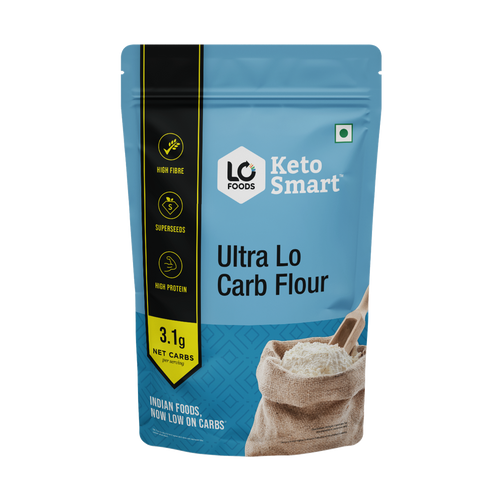
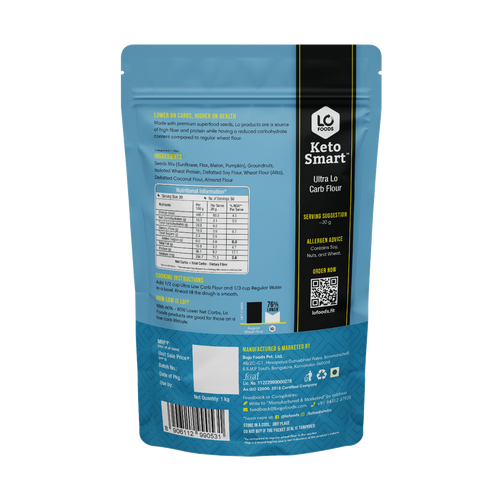
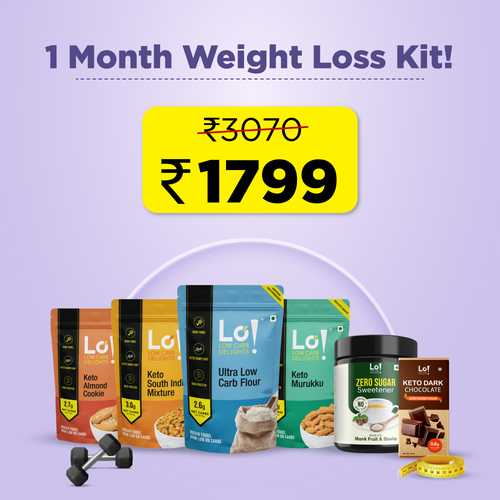
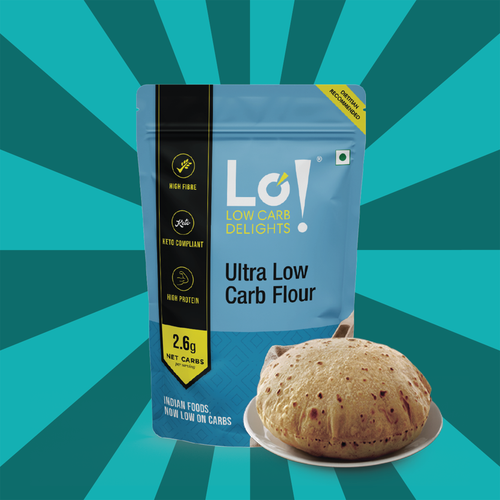


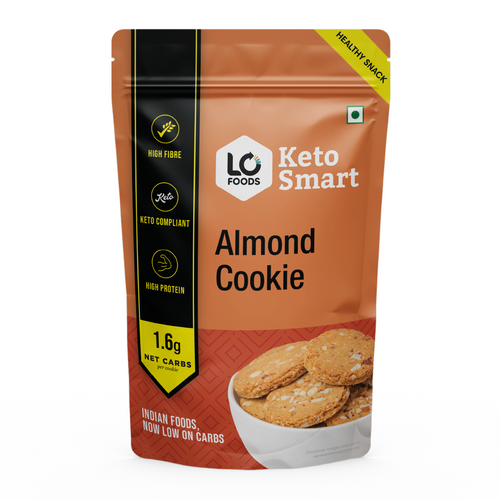





Leave a comment
Your email address will not be published.